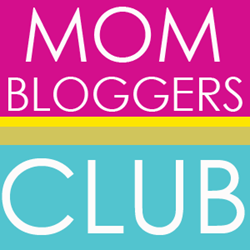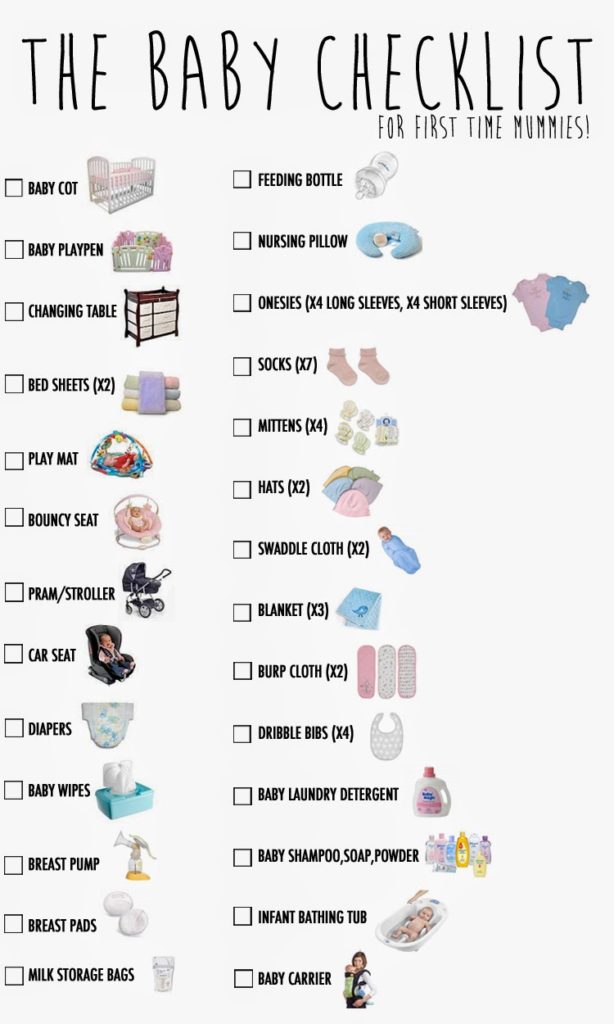- Written by Tiffany L. Holdsworth-Taylor CD(DONA)
- Portrayals of Childbirth in the media: is it causing women to fear?
- part 2
- page 3
- page 5
- All Pages
First published in International Doula Magazine, Volume 18, Issue 3
Portrayals of Childbirth in the media: is it causing women to fear?
ABSTRACT
Health professionals frequently comment that childbirth is nothing like what we see on television. It is not the risky, endless pain that many women have grown-up believing. At the turn of the century women of the community would help their neighbours through labour. This was considered part of women’s work. As a result, all women had extensive knowledge of childbirth. As birth moved into the hospital doctors became responsible for labouring women. This led to a loss of community knowledge of childbirth. Today, the media is where women are being educated on what childbirth is like. However, studies have shown that the medias portrayal of birth is less than accurate. The effects of this inaccuracy may be an increase in fear of birth due to women overestimating their risks.
Health professionals frequently comment that childbirth not as seen on television—risky, endless pain many women have grown-up believing. This paper explores the history of childbirth portrayals in the media and differentiates between media and reality.
Privatization and Loss of Community Knowledge
In the 19th century, giving birth was considered women’s duty along with housekeeping. As a result, a woman’s community helped her through birth, which did not interrupt the business of daily life. By 1900, however, the number of Canadians and foreign-trained doctors increased dramatically (Mason, 1988). Childbirth was subsequently integrated into doctors’ practice. Magazines and on radio shows demonised midwives, advertizing that birth be managed by trained professionals who could take away women’s pain. Many doctors, unfamiliar with local traditions, relied on medical school-learned knowledge and interventions (Mason, 1988). While women were sceptical of bringing birth to the hospital, mid-1910s campaigning sought to “convert women to medical birth” (Mason, 1988). The effect of this constant message was a gradual undermining of women’s confidence in their own birth culture. Middle-class women began to regard the hospital as the appropriate place of birth, and of course the informal birth culture had no place at the hospital (Mason, 1988, p. 112). Before medicalization, homebirth with the support of other women allowed for traditional knowledge and customs. In hospitals, doctors have taken over support of labouring women and replaced traditional knowledge with medical information. Birth is now a “mysterious event”; today’s women have little traditional birthing knowledge and medical information is considered the physician’s domain (Mason, 1988). Women often have no birth experience until their own labour. Our society now fears the unknowns of childbirth. Meanwhile, the media has jumped on the potential for drama that childbirth elicits. In large part, this is due to lack of understanding of birth.
To understand the ‘why’ of birth’s portrayal, an historical analysis of childbirth in the media, including Doctoring the Media, by Karpf (1988), provides valuable insight. Karpf outlines 20th century media representations of childbirth. In the 1920’s, childbirth was seen as “a natural and unproblematic event, part of women’s normal, biological fate. It was also a private experience, connected with sex, and subject to similar taboos” (Karpf, 1988). Through the 1930’s and 1940’s, when childbirth moved to the hospital and infant and maternal mortality rates plummeted, the media reported with a focus on death rather than life. Dangers were reported in documentaries including the homebirth-focused The Fight For Life by Pare Lorentz (Karpf, 1988). In the 1950’s and 1960’s, “medical power and intervention into childbirth grew rapidly” (Karpf, 1988) and reflected in the media of the time. By 1980, fictional television shows often portrayed women giving birth, marking the first time pregnant women were humanized in the media by allowing them feelings (Karpf, 1988). Producers recognized a highly telegenic subject rife with potential for dramatic twists and turns and surrounded by impressive hospital equipment and terminology. At this time, childbirth activists began opposing the “immaculate deception” of childbirth (Karpf, 1988). In sum, the media has seldom depicted childbirth accurately. Danger means high ratings, so normalcy has no value.
Childbirth in the Media
The Information void
Medicalization of childbirth has created an information void—enter popular media. Many women ‘experience’ birth through TV, magazines, or the Internet. Many children also learn about birth this way (Kitzinger, 2001). Media analysis shows that pregnancy and childbirth are often portrayed as risky for mother and foetus (Seale, 2002). According to Ina May Gaskin (2003), “the demands of commercial television and film have lead to the propagation of many myths and misconceptions about labour and birth… Women and girls raised on this sort of thing without a source of more accurate knowledge learn to equate labour pain with danger. Pain is portrayed as if it could be fatal” (p. 164).









